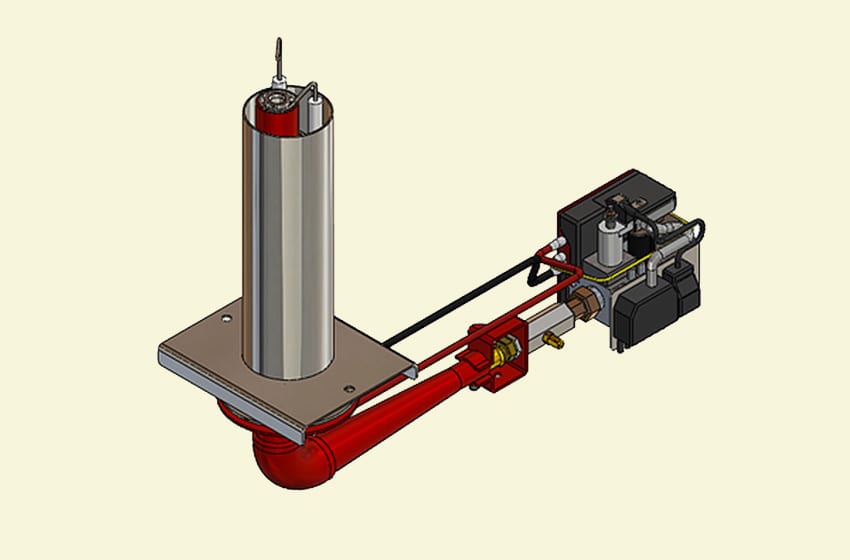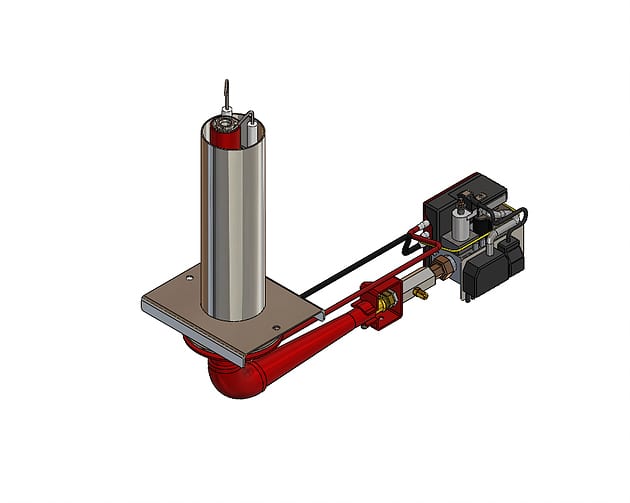
Cooking with Gas: How It Compares to Wood-Fired Cooking
One of the most common questions about gas-fired pizza ovens is: How long does it take to heat up before I can start cooking? The answer depends on whether you’re using gas only or wood only to heat your oven.
Heating a Pizza Oven: Gas vs. Wood
For traditional refractory or brick ovens, the key to great pizza is a properly heated oven floor and dome. The floor should be at least 500°F for a hot bake, while sustained pizza-making requires even higher temperatures. Additionally, the heat from above is crucial for evenly cooking the top of the pizza.
Both gas and wood-fired ovens aim to saturate the dome with heat, which is then slowly released as radiant heat. However, the way they achieve this differs:
-
Gas-fired ovens: The gas flame circulates around the dome, heating the oven walls and floor through both convection and radiation.
-
Wood-fired ovens: The flame directly radiates heat to the dome, requiring a longer preheat time to saturate the oven before cooking.
Which Heats Up Faster?
If you’re looking for speed, a gas-fired oven heats up faster than a wood-fired one. Since gas provides both convection and radiant heat, the floor and dome reach optimal cooking temperatures more quickly. In contrast, a wood-fired oven needs time for the flame to fully heat the mass of the dome and floor before baking.
Does Gas Affect Pizza Flavor?
The great news is that whether you use gas or wood, you’ll get the same delicious pizza! The main difference lies in preheat time and cooking method, not in taste.
For those who want efficiency without compromising quality, gas burners offer a convenient and effective way to cook pizza at high temperatures without the long wait.



